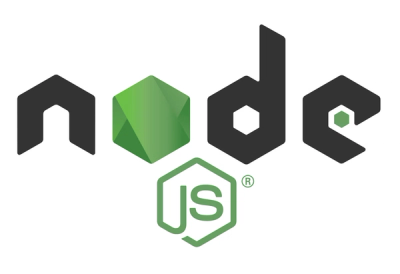
Security News
ECMAScript 2025 Finalized with Iterator Helpers, Set Methods, RegExp.escape, and More
ECMAScript 2025 introduces Iterator Helpers, Set methods, JSON modules, and more in its latest spec update approved by Ecma in June 2025.
#Bluetooth Low Energy
##Under Development
The BLE Library is still under heavy development and most functionality isn't available but the functions outlined below work. You will need to update your firmware to our January 3 release (or later) in order to use this library. That's because this is a relatively bulky code package and our old USB driver code didn't allocate enough memory.
You can add more functionality if you want to look at the BlueGiga BLE113 Datasheet. You'll have to make an account on their website.
###Installation
npm install ble-ble113
If you are using Tessel V1 (should say TM-00-00 on the back), you should wire the module to the GPIO port because UART isn't routed to the module ports in that hardware revision. GPIO 3, 2, and 1 on GPIO port goes to GPIO 3, 2, and 1 on module, respectively.
If you have Tessel V2, you can use module port a, b, or d.
###Example
var tessel = require('tessel');
// Pick one of the two lines based on which version Tessel you have:
// Tessel V1 (should say TM-00-00 on back) must use GPIO port
var hardware = tessel.port('gpio');
// Tessel V2 (should say TM-00-02 on back) can use any port but C
var hardware = tessel.port('a')
var ble = require('../');
var bleController = ble.connect(hardware, function(err) {
if (err) return console.log(err);
// Use the device as a peripheral
// bleController.startAdvertising();
// Use the device as a master
// bleController.scanForPeripherals()
});
bleController.on('discoveredPeripheral', function(peripheral) {
console.log("Discovered a Peripheral!");
console.log("RSSI: ", peripheral.rssi);
console.log("Sender: ", peripheral.sender);
});
##Events
##API
scanForPeripherals(callback);
stopScanning(callback);
startAdvertising(callback);
writeValue(value, callback); // Write the value to be read by a master (only 1 value available now, will increase to 64 soon)
connectToPeripheral(address, address_type, conn_interval_min, conn_interval_max, timeout, latency, next);
disconnectFromPeripheral(connection_handle, next);
findInformation(connection_handle, start_handle, end_handle, next); // Used to find services/characteristics used by peripheral
readRemoteHandle(connection_handle, attHandle, next); // Used to read a remote value being advertised by slave.
When used in Master mode, typically, you connect to a peripheral, call findInformation to get a list of available characteristics to read, then call readRemoteHandle with the handle returned from the foundInformation event.
Email jon@technical.io with any questions/concerns
FAQs
Library to run the Bluetooth BLE113 Tessel Module.
We found that ble-ble113 demonstrated a not healthy version release cadence and project activity because the last version was released a year ago. It has 2 open source maintainers collaborating on the project.
Did you know?

Socket for GitHub automatically highlights issues in each pull request and monitors the health of all your open source dependencies. Discover the contents of your packages and block harmful activity before you install or update your dependencies.

Security News
ECMAScript 2025 introduces Iterator Helpers, Set methods, JSON modules, and more in its latest spec update approved by Ecma in June 2025.

Security News
A new Node.js homepage button linking to paid support for EOL versions has sparked a heated discussion among contributors and the wider community.

Research
North Korean threat actors linked to the Contagious Interview campaign return with 35 new malicious npm packages using a stealthy multi-stage malware loader.